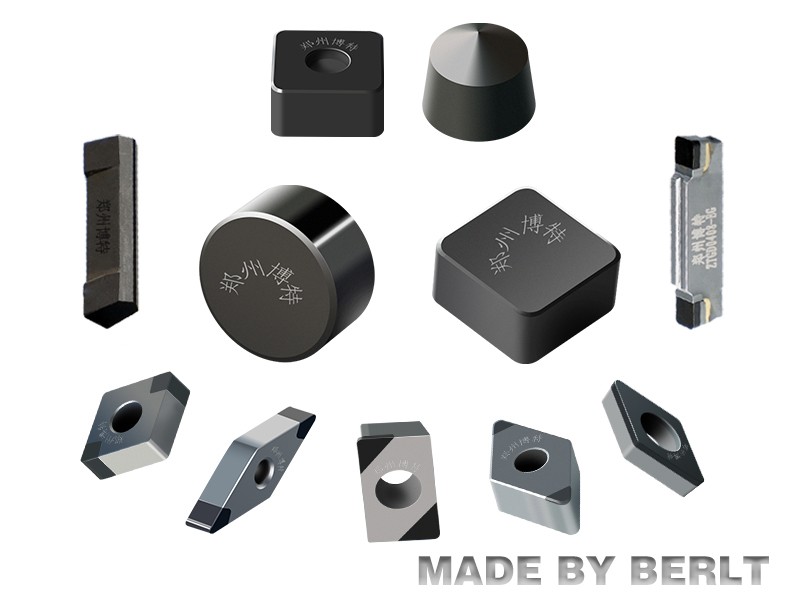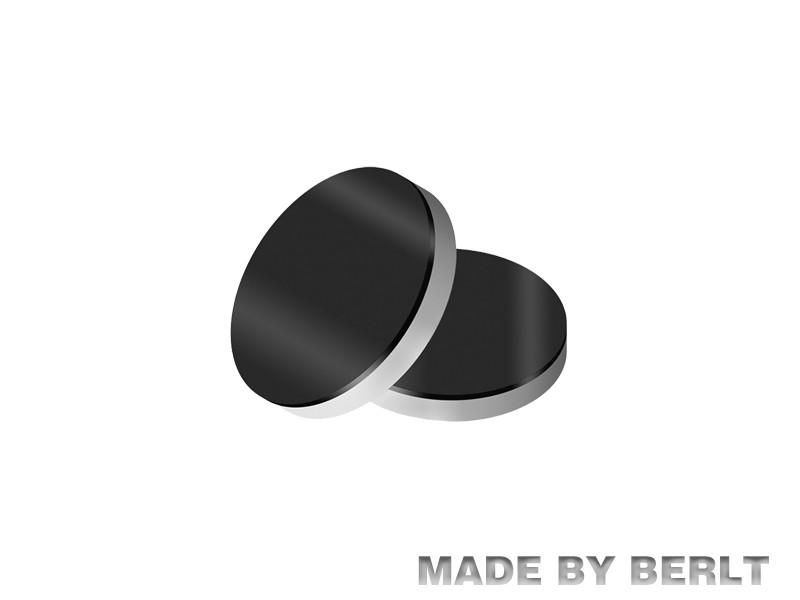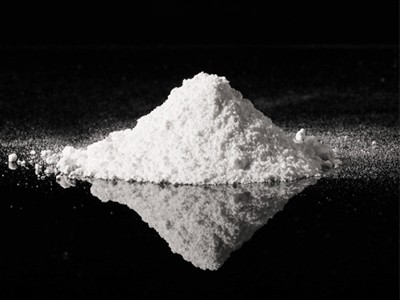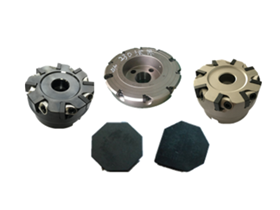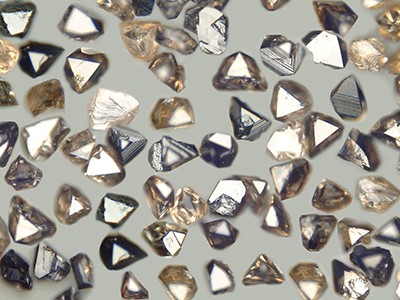As the performance requirements of lithium batteries in the new energy and consumer electronics fields are rising, battery thermal management has become the core bottleneck of energy density and safety. With its unique two-dimensional layered structure, excellent thermal conductivity (300-2000 W/(m-K)) and electrical insulation properties (resistivity 10¹³ Ω-cm), hexagonal boron nitride (h-BN) is becoming a key breakthrough material in the field of lithium battery thermal coating.
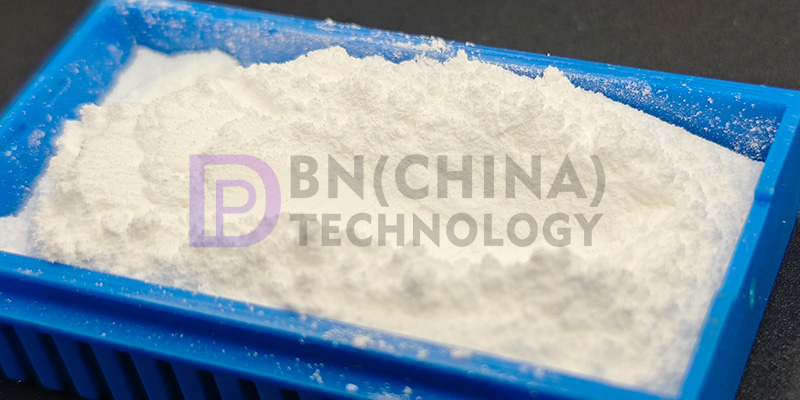
Technical advantages, h-BN shows three core characteristics: First, thermal conductivity far exceeds the traditional materials, research shows that the h-BN coated batteries after a hundred cycles of the Coulombic efficiency is still up to 100%, and its layered structure builds a highly efficient thermal conductivity channel can quickly export the internal heat; Second, electrical insulation to build a safety barrier, Jiangsu University developed h-BN/paraffin composite phase change material volume resistivity over 10¹² Ω-cm, resistivity 10¹³ Ω-cm, the electrical insulation characteristics of the lithium battery is a key breakthrough material in the field of thermal coating. 10¹² Ω-cm, effectively avoiding positive and negative short circuit; Third, high temperature stability is remarkable, the melting point of nearly 3000 ℃ h-BN at 400 ℃ to maintain structural stability, the actual test shows that h-BN coated batteries in the 150 ℃ thermal shock did not go out of control, 120 ℃ that is, the control group fire.
The application scenario has fully penetrated the lithium battery thermal management system. In the field of diaphragm coating, h-BN nanomaterials can uniformly form a heat conduction layer, reducing the diaphragm's thermal shrinkage rate from 30% to 5% at 130°C, and significantly inhibiting the growth of lithium dendritic crystals; as a composite phase-change material skeleton, the addition of 15wt% h-BN improves the thermal conductivity by 26 times, and there is no leakage at 70°C; as a thermally conductive interfacial filler, h-BN reduces the thermal resistance of the interface of the 5G base station by 60%, and optimizes the contact efficiency of the electric core and heat sink. Optimize the contact efficiency between electric core and heat sink.
Industrialization breakthrough focuses on cost optimization and process innovation. Through continuous calcination technology, h-BN powder cost is reduced by 30%, and the mixed filling scheme (70% spherical + 30% flake) reduces the dosage while guaranteeing the performance. Long-term reliability verification shows that the thermal conductivity of the h-BN coating has decreased by only 3% after 500 cycles, thanks to its chemical inertness and anti-corrosion advantages.
Market demand and technology integration to accelerate the commercialization of h-BN. Forecast to 2029 the global h-BN thermal material market size of 1.2 billion U.S. dollars, lithium battery field will rise to 35%. At present, there are enterprises to realize the preparation of kilograms of nanosheets, h-BN/graphene composite coating (thermal conductivity of 800 W/(m-K)). Compatibility studies with solid-state electrolyte LLZO have shown a 40% reduction in interfacial impedance, paving the way for the commercialization of lithium metal batteries.
BN(CHINA) Technology h-BN products are synthesized using advanced continuous calcination equipment, with an annual output of 1,000 tons, stable product performance, strong batch supply capability and outstanding cost advantages. Four specifications are available for you to choose from: PBN700 (purity ≥99.5%), PBN500 (purity >99%), PBN300 (purity >98%), PBN100 (purity >97%), and the four products are available with crystalline particle sizes ranging from 1-5 μm, and powder sizes ranging from 4 μm-20 μm in D50. These four specifications have been successfully applied to boron nitride ceramics, high-temperature coatings, mold release agents, lubricants, thermally conductive fillers, high-temperature insulating materials and other industries.
h-BN is breaking through the boundary of traditional material performance and becoming a “key puzzle piece” in the upgrade of lithium battery thermal management. With the maturity of preparation technology and cost reduction, h-BN is expected to move from high-end models to the mass market, promoting the double improvement of energy density and safety. The technological innovation and industrial chain synergy of Chinese enterprises are reshaping the competitive pattern of global lithium battery heat dissipation technology.
